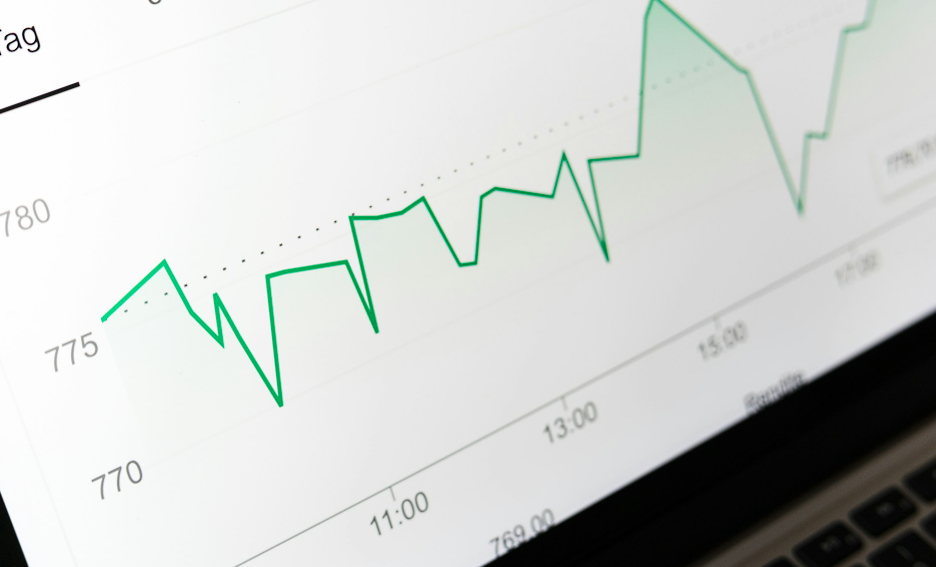A redesign or rebranding can improve the website’s performance and attract even more traffic, or it can ricochet and make it lose the position it had before. Changing the structure, creating more and organized sections, changing the website’s functionality certainly affect the SEO. For the redesign to not worsen all the work you’ve put into it and, consequently, destroy your efforts, we’re going to tell you what you need to be careful of.
What should you check on the new version?
The URLs are the first thing you should be looking at. When changing the website structure, its URL also changes. Even if it’s only one character, from Google and other search engines’ perspective, your website just disappeared, and the one you have right now is completely different. The content and buttons may be the same, perhaps even the internal links didn’t change, but Google doesn’t see it that way.
If this website is attracting traffic, you need to set up a 301 redirect for it ASAP, that way the search engine will understand that the website got “transferred” and not that it has vanished from the web.

Extension of the structure
Usually in a redesign, new sections get added new languages appear (multilingual versions). The worst mistake most people make is transferring the new language version to subdomains. The right way is to create it on an existing domain in a separate subfolder. This way, the new website’s version will have its own background, and at the same time the “weight” of the main website. If you do it with subdomains, you will have to treat that subdomain as a completely new website, losing all the benefits the main one can provide you.
Changes in SEO texts
SEO content and text are a vital component of a website’s optimization. Those texts and content must remain unchanged and must be in place after the redesigning or rebranding. They are often shortened or completely removed when a redesign occurs. SEO texts contain keywords for which pages are positionated. They can’t be shortened, split in half, or placed randomly.
When you do a redesign, you need to remember where are they located so you can place them back. If necessary, use placeholders for you to remember and have a list created.

Redesign and relinking
Internal links advise search engines to indicate which pages are the most relevant and help attract more traffic to them. Interlinking improves the search engine’s attitude toward your website. Nevertheless, if after the redesign, some links lead to a page that is no longer there. Search engines will decrease your position in the results. Check the links’ importance and where they lead to.
Loading Speed
The new design and its components can affect the loading speed of your website. This can hurt your SEO optimization as it’s one of the things Google looks at carefully.
Load the site first on the desktop and then on the mobile version and follow all the links. This way you can experience the website’s performance from a user’s perspective and see how it’s behaving.
When checking the mobile version, pay attention to the following:
- Button Size.
- Interface.
- Fonts size and responsiveness.
- Simplicity to perform any tasks.
You can also do this using the “view source” option from Google Chrome or other browsers so you can see how the website looks on different devices.
Remember that getting a 100% download speed or a 0.001ms loading speed is unrealistic, the idea is to create a balance.
For the redesign to work appropriately check the basic metrics before releasing it, and make sure that all pages open correctly, all the links work, and SEO texts remain in place. This is what will keep your traffic intact.